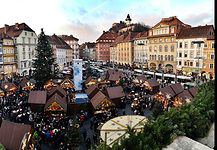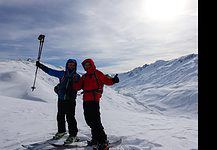Travel to Argentina
Argentina is a vast and elongated country occupying the southern part of South America. Neighboring countries include Brazil, Bolivia, Paraguay, Uruguay and Chile. The east of the country enjoys uninterrupted South Atlantic coastline.
The name Argentina derives from the Latin ‘argentum’, meaning silver. Spanish explorers sought to find silver, when they explored Argentina in the sixteenth century.
The official language of Argentina is Spanish, spoken with a local dialect that is distinct from the language spoken in Spain and other parts of Central America. Argentines will talk to one another in Spanish using a street dialect called ‘lunfardo’.
The majority of the population is Roman Catholic. By 1914, 6 million people settled in the country- most of them European immigrants. The large country, the eighth largest in the world covers a wide variety of geographical terrains including vast plains, mountains, deserts and mile upon mile of uninterrupted coastline. The southern reaches of the country extend to parts of Antarctica.
The country’s economy is driven partly by agriculture – cereals and livestock that abound in the rich grasslands or the ‘Pampas’.
Apart from the romantic beauty of the Pampas and the bleak beauty of Patagonia, the urban landscape of Buenos Aires beckons. A city with architectural marvels and vibrant nightlife, a trip to Argentina should reserve a few days to enjoy this city.
We hope that this carefully prepared travel guide will ease your travel planning for your Argentinian holidays and encourage you to plan a future trip to Argentina.
If you’re looking for a tour to Argentina, we recommend looking at the tours hosted with Contiki, G Adventures and Intrepid Travel.






















